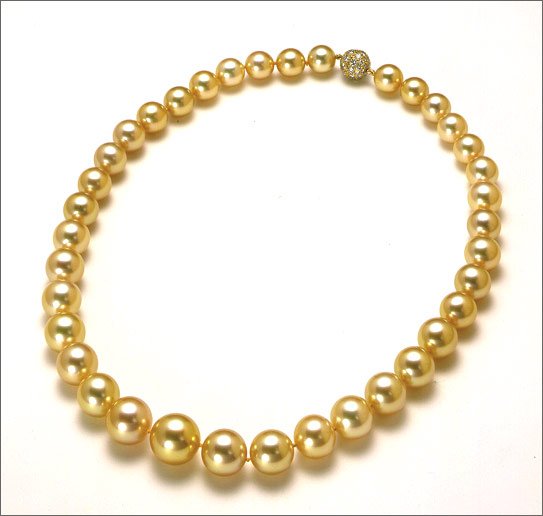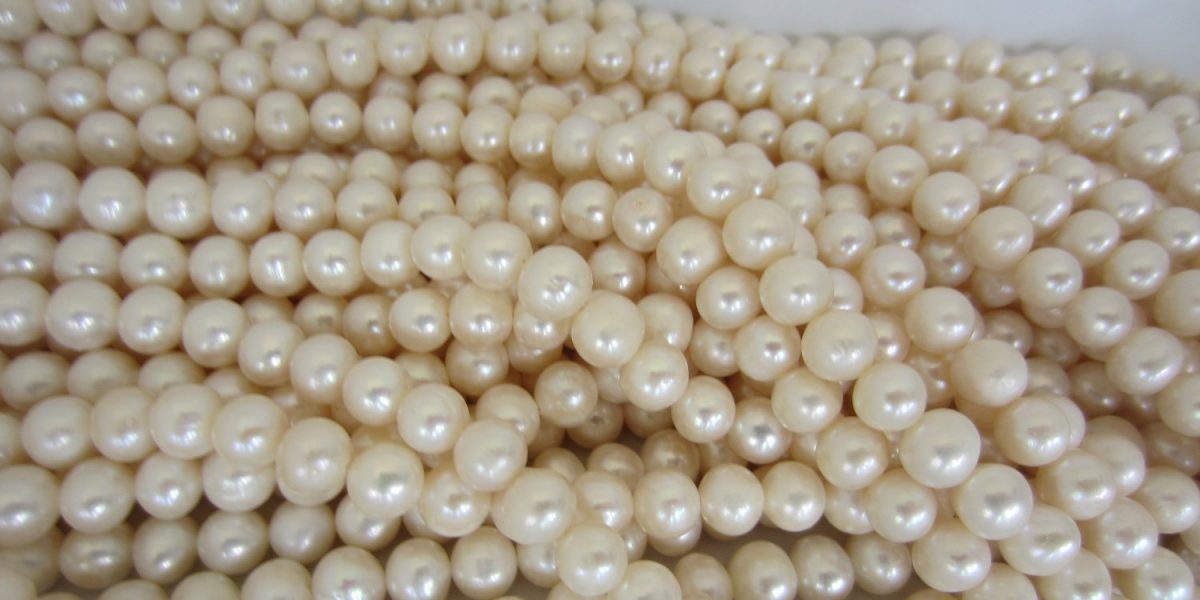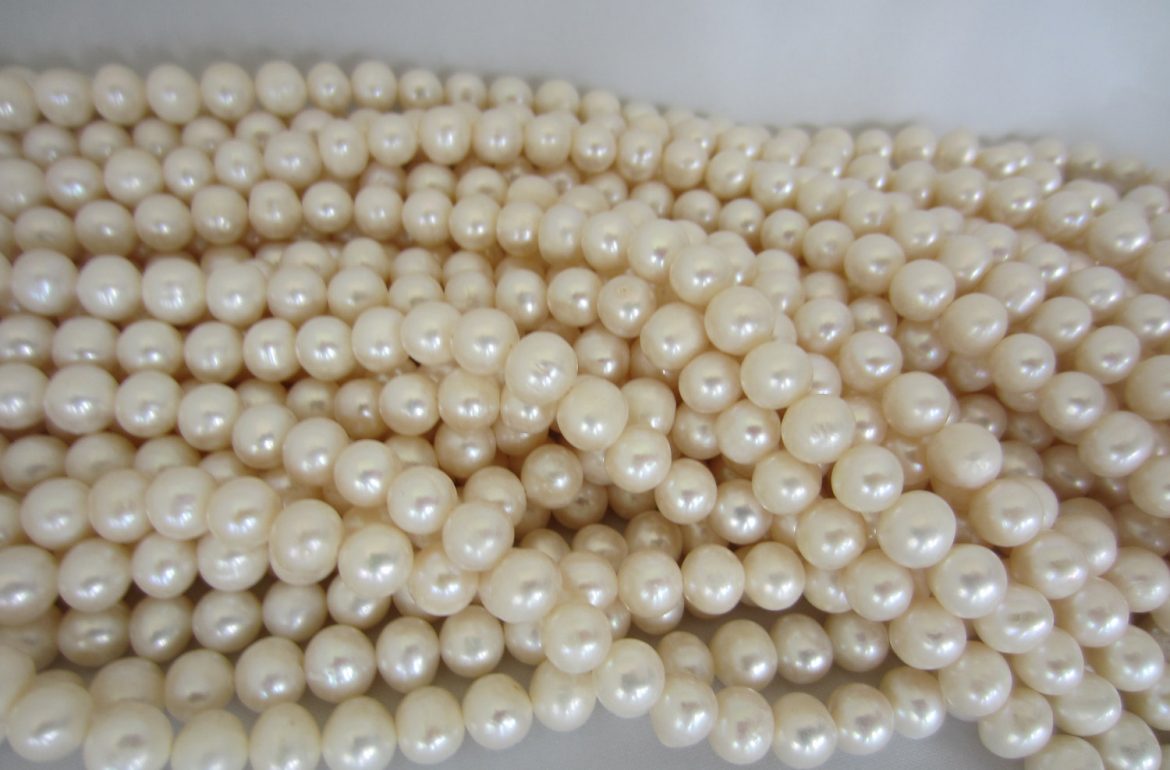

In the last century pearl’s world has been subjected to drastic evolution with the introduction of “pearl cultivation” which made this field a true industry, not only a simple extraction or manufacturing activity: this revolution started in Japan thanks to the world wide famouse pioneer of pearl cultivation, Kokichi Mikimoto, who in 1920 along with other contributors (Tokishi Nishikawa and Tatsuhei Mise) was able to successfully cultivate the Pinctada Fucata mussels.

The natural pearl is (almost) abandoned, creating the first cultivated pearls’ world industry; between the ’60 and ’70 it’s the turn of the Pinctada Maxima to be cultivated, giving bigger and more perfect pearls ohf higher quality.
The australian and tahitian ones make their appearance on the maket and, despite their clearly higher cost than the akoya ones, and become very popular thanks to careful marketing campaigns.
The akoya pearls are undermined because of the excess of black pearls that pour in the market without the consent of the Polinesian govern. In 1996 things get even worse for the fine japanese akoya pealrs which undergo a serious loss of mussel (2/3 of the entire population) because of an infection and successive epidemic. But the situation can even get worse that this, because China steps on the balance of the pearl market.
If the australian and tahitian ones overtook the japanese pearls in quality, the chinese akoya highly surpassed them in quantity with a massive production that boost up from 5 tons to more than 20 in only 7 years, from 1993 to 2000: China can offer climatic areas similar to the japanese ones, so hundrend of farms start to grow. But if it’s all about quantity and not quality, how can they even compete?
The focal point is exactly this one, because Japan soon invests in a massive way on the chinese sea shores, collecting the qualities of the chinese akoyas adapting them to the high japanese standards: for this reason the experts of the Pearl World International Pearling Journal say that “a considerable quantity of the salt water pearls that come from Japan are actually produced in China”.
Similar Posts

Copyright © 2022 Adriano Genisi
VAT n° IT03492950245 – n° REA VI-329782